From glazed ham and turkey roll to gingerbread biscuits and pavlova, here are the best recipes from the RACV Club kitchen to help make your festive season extra special.
Barista’s guide to the best home coffee machines
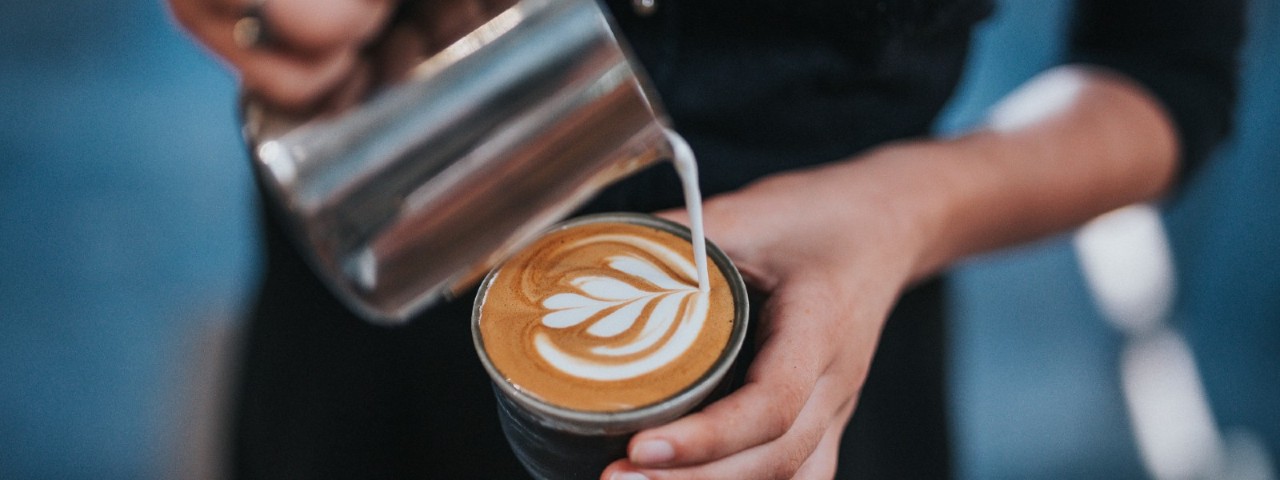
Learn how to espresso yourself with our guide to the best home coffee machines.
Victorians love their coffee. In fact, we are the country’s biggest coffee addicts, with reports showing we have the highest coffee consumption per capita in the country. But just because you're working from home it doesn’t mean you have to kick your coffee habit. Whether you're repping a classic Moka pot or a top-of-the-range espresso machine, here's how to make cafe-quality coffee at home.
Six of the best at-home coffee makers
The home coffee market has exploded over the last decade, with everything from capsule machines to manual brewing gadgets pouring onto the DIY espresso scene. So, if you want cafe quality drops at home, we caught up with award-winning barista Courtney Joel, owner of cult Melbourne coffee shop Cup of Truth to find out the best home coffee machines and how to use them.
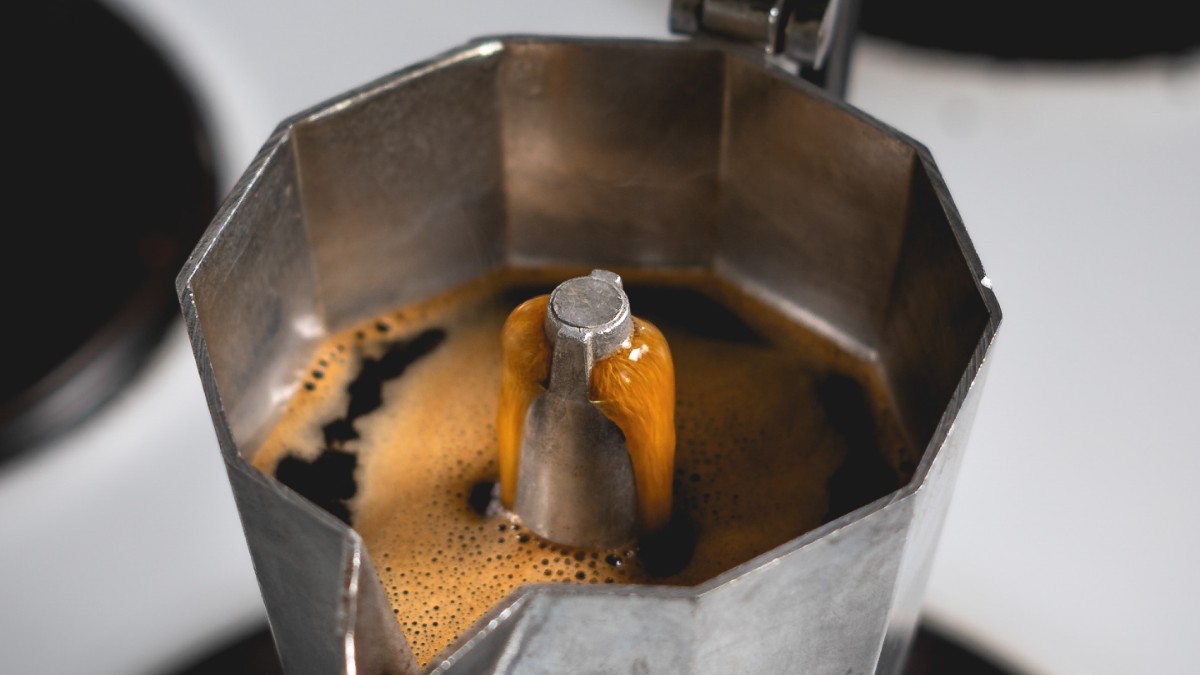
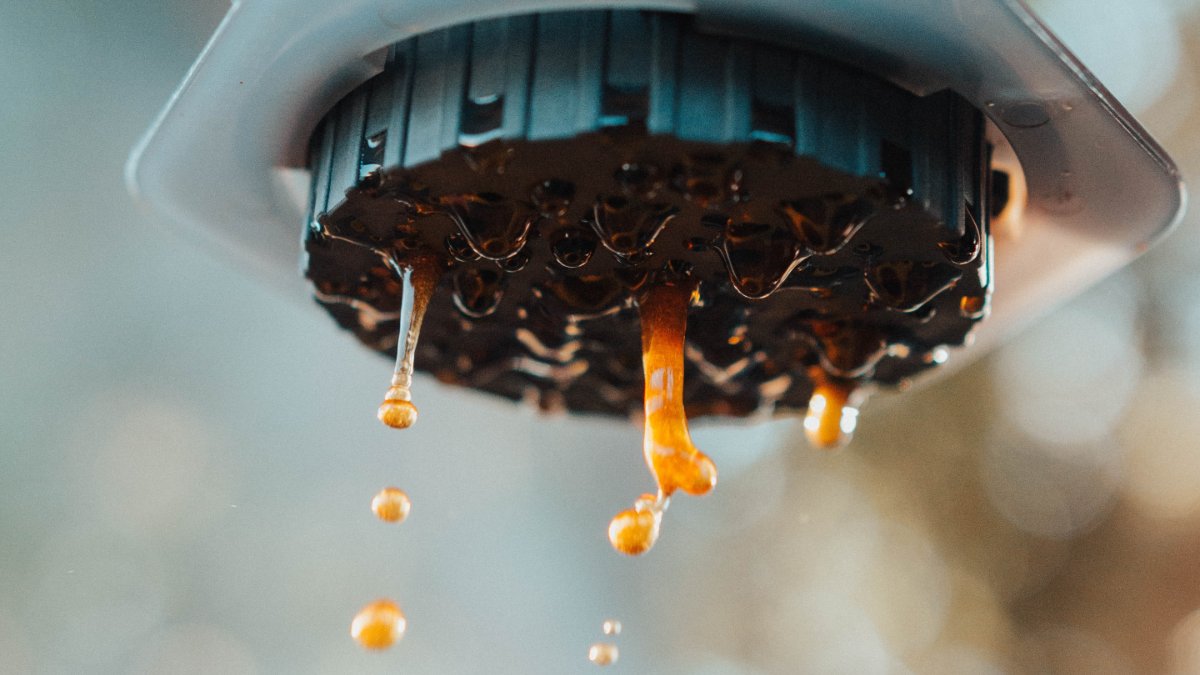
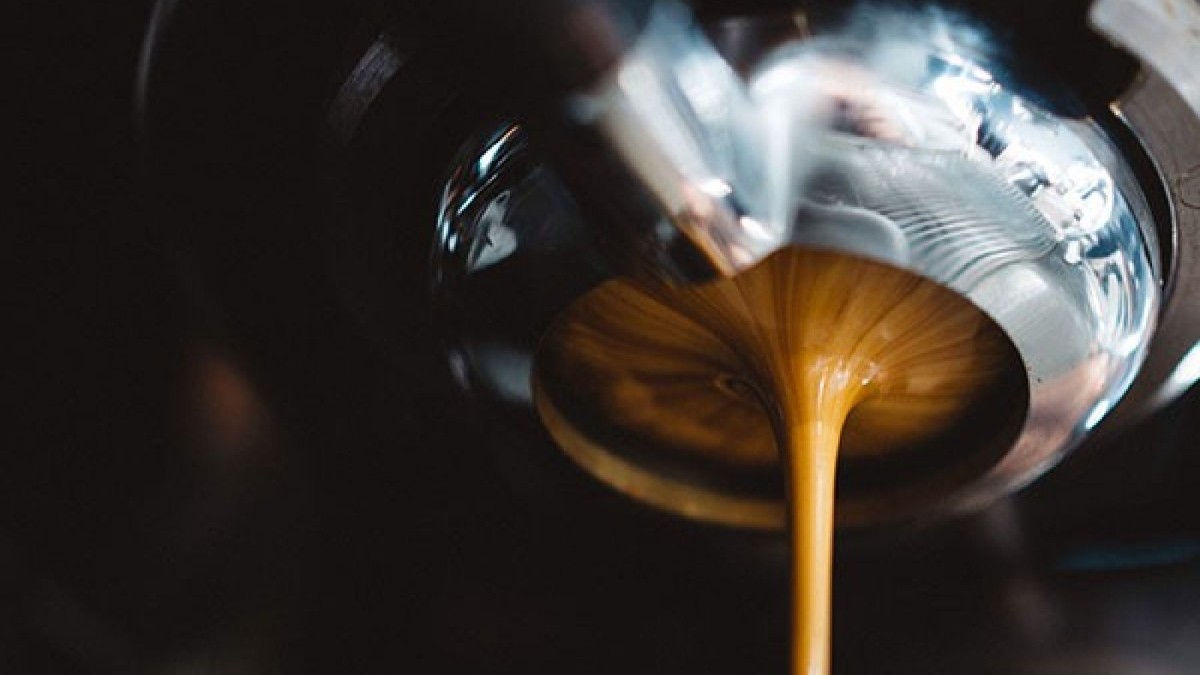
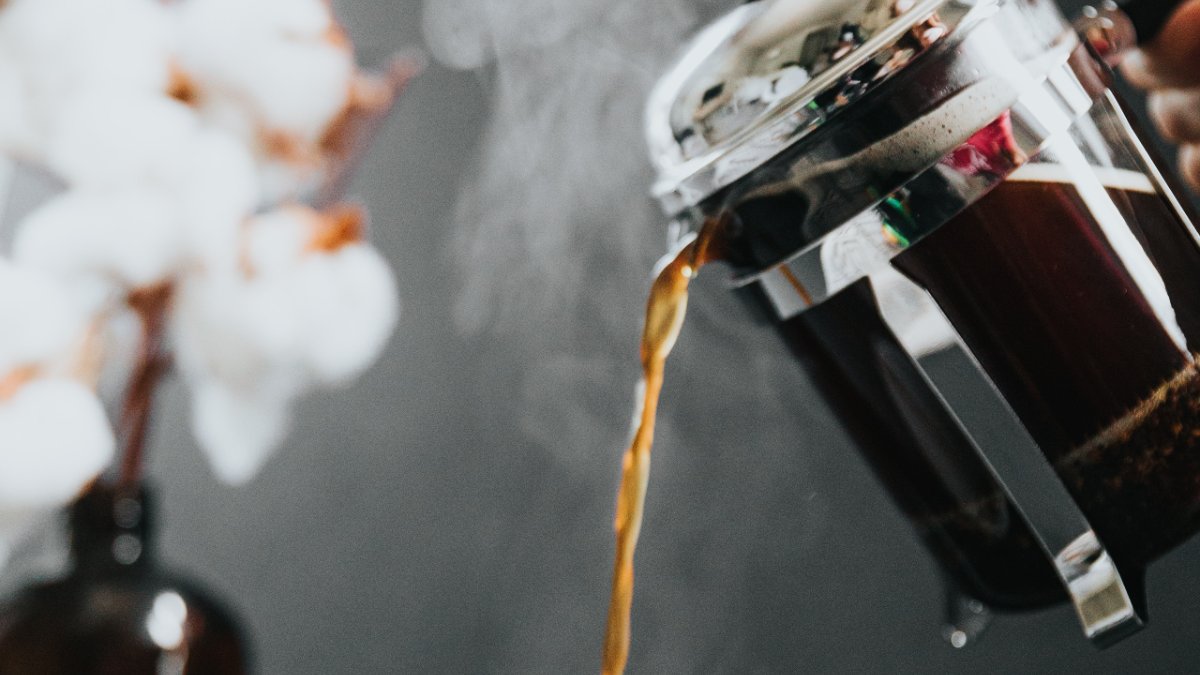
What about instant coffee?
If you’re looking for the ultimate in convenience – but also a great cuppa – innovative Melbourne coffee roasters have you covered. Specialty instant coffee is a thing and, yes, what a time to be alive.
“St Ali do an instant coffee in a packet,” Courtney says. “And it’s as good as a plunger or AeroPress coffee.” You can also order instant sachets from Proud Mary and Black Board Coffee. “It’s a bit more expensive, but it’s super convenient,” Courtney says. “All you need is a mug.”
How do I store coffee beans?
To maintain optimum freshness, store coffee beans in an airtight container and keep them in a cool, dry place away from heat and direct sunlight (such as a pantry). Use your coffee within four to six weeks of roasting (if whole beans) or within the first two to three weeks if you've purchased ground coffee. After this, it is still fine to use but will start to lose some of its brightness and intensity.
What do I do with the excess coffee grounds?
- Fertilise your plants or garden: Coffee grounds are high in potassium and nitrogen, which make them a great organic fertiliser. “Put some into your indoor plants,” Courtney suggests. “Just a little bit, every three or four weeks – works wonders.”
- Turn them into body scrubs or face masks: You might not be able to go to a beauty salon, but you can still indulge your skin. Simply mix used coffee grounds with a bit of water, coconut oil and a few drops of your favourite essential oil (we love orange or mint) for an all-natural and totally nourishing body scrub.
- Compost them: Coffee grounds and used coffee filters can be added to your compost bin. Just remember that coffee grounds are considered green compost material (like grass clippings or kitchen scraps) and will need to be balanced with the addition of some brown compost material (like dried leaves, paper, straw).
- Donate them: Don’t throw your used coffee in the bin. Local business Reground is diverting coffee from landfill by delivering the nutrient-rich waste to private gardeners who use it for composting, mushroom farming and worm growing.
- Make a cleaning scrub to scour your pots and pans: The coarse texture of coffee grounds makes them ideal for scrubbing hard-to-clean kitchen utensils.
- Tenderise meat: Forget buying expensive coffee rubs. The enzymes in coffee make it an ideal meat tenderiser, while the natural acids can enhance meat’s flavour.
- Use them as a natural flea repellent: Apparently fleas are not as taken with coffee as we humans, which makes it a natural flea treatment. Rub the grounds through your pet’s fur after shampooing, then rinse them off and dry as usual. Just make sure your fur baby doesn’t eat any as they can be toxic to dogs.
- Get creative: Looking for fun things to do with your kids? How about using re-wet coffee grounds to make tie-dyed T-shirts or vintage-looking paper for a treasure map? Or get into the Easter spirit and use them to make dyed Easter eggs.
- Turn them into air freshener: Coffee grounds contain nitrogen, which can help eliminate and absorb odours from the air. Missing that fresh-ground coffee scent from your local cafe? Spoon used grounds into pieces of scrap fabric, tie them off, and hang them around the house as air fresheners.
Courtney’s top tips for beginners
- Don’t be too hard on yourself – all coffee is amazing.
- Practice makes perfect, especially with alternative brewing methods like pour-over.
- Boiling water (100 degrees) burns anything so after you boil your kettle, let it sit for a couple of minutes to take the edge off.
- If you’re a fan of milky coffees, you might not love filter.
- If you have a grinder at home, always grind your beans just before you're ready to start making your coffee to retain optimum freshness.


